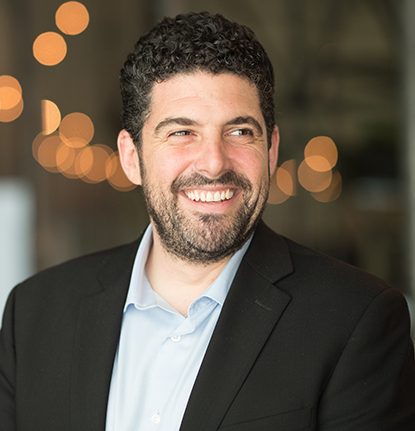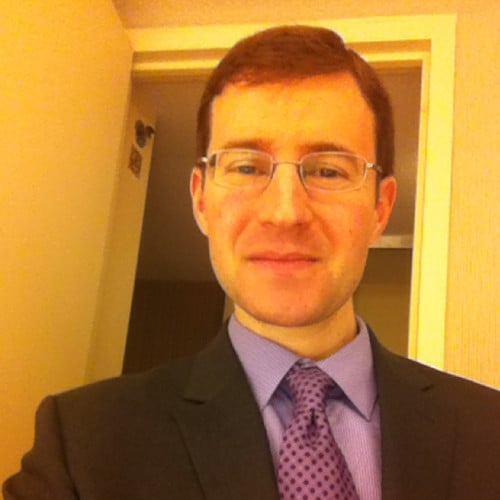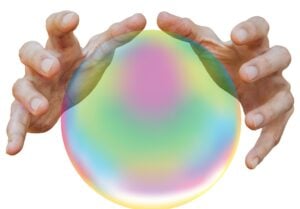Let’s first talk about being a futurist. What is that, and why is it needed, and how does the work merge with what’s happening within insights organizations?
“A futurist isn’t somebody who helps organizations with long-term thinking, planning, and strategy,” Connelly relates. “The title is a bit misleading because it suggests I can see the future. There’s an irony to the title because I actually spend most of my time reminding others that they can’t predict the future. There’s a great amount of data in terms of consumer insights. I love that. I’ve worked for Ford Motor Company for 27 years. And 20 of those years was working in insights doing trends and futuring work, specifically from a consumer perspective.”
Still, you’re saying that we can apply future trends to the business today?
“You and I will never be able to predict the future,” says Connelly. “But there are tips that you can do. There are tricks you can adopt. What it is really about is pattern recognition. If you pay close attention to the trends in social, technological, economic, environmental, political spheres, you will get close to five of the forces that will shape consumer values, attitudes, and behaviors. When you start thinking about it through the lens of the future, you have to ask yourself, what’s going to happen to that trend? Will it increase or decrease? When you start to take that one trend and start to twist it and work in a different way, you start to see that it can manifest itself in several different ways in the marketplace. And you need to prepare for both of those outcomes. And everything in between because we’re trying to identify the extremes. We’re not trying to predict. But we’re trying to identify the extremes.”
As far as decision making is concerned, revolving around these trends and insights, have there been any changes associated with that. For example, what is the timeline like?
Connelly continues, “What you’re kind of getting into is the domain of scenario planning, where you take this much further. You take these trends and you create narratives. I like to think of the trends as the ingredients and the scenarios as the different meals you can make with them. For each set of scenarios, you can have a set of leading indicators. If you have these leading indicators, you hopefully have a backup set of what you want to do to address the marketplace needs. If you’re watching those leading indicators, you’re just pulling out the playbook. We’re ready for this. We’ve talked about it. We’ve gone through it.”
The benefit of what you had is showcasing the fact that, here’s what we’ve got. This is the current state. It could go several different ways and we have to understand each of those ways so that we can be resilient once we get to whatever scenario it is.
“Because what these conversations are really doing is they’re forcing people to consider things that were outside their scope of consideration. And as a result, the organization will be forced to become more agile, more nimble, and more resilient to disruption,” she says.
See the full video interview from TMRE, as Adler and Connelly discuss the C-suite and scenario planning, the outlook for next year, consumer mindsets, creating trust with the consumer and more.
Contributors
-

Seth Adler heads up All Things Insights & All Things Innovation. He has spent his career bringing people together around content. He has a dynamic background producing events, podcasts, video, and the written word.
View all posts -

Matthew Kramer is the Digital Editor for All Things Insights & All Things Innovation. He has over 20 years of experience working in publishing and media companies, on a variety of business-to-business publications, websites and trade shows.
View all posts




































